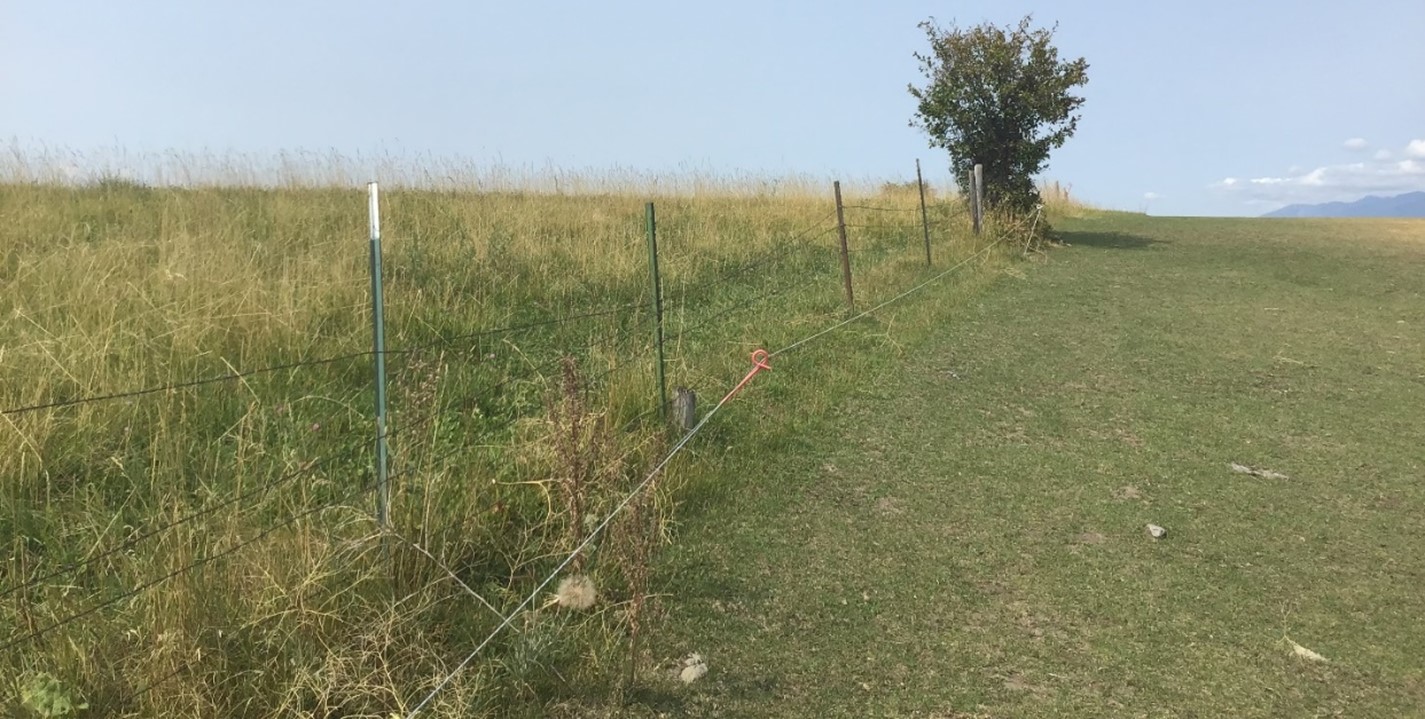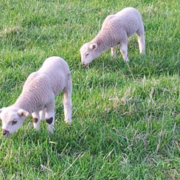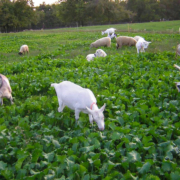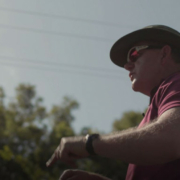Overgrazing – A Chronic Soil Disturbance on Grazing Lands: Part II
 Print This Post
Print This Post
By Justin Morris, Regenerative Grazing Specialist
In my earlier blog, Overgrazing – A Chronic Soil Disturbance on Grazing Lands: Part I, I discussed the similarities between chronic and acute medical conditions and chronic and acute disturbances to the ecosystem through grazing. But, if we’re going to build the health of anything – whether that’s our own health or the health of grazing lands – and we are causing damage by our management actions, then our first priority should be to stop the damage. After all, how can we build the health of anything whether that be soils, plants, livestock or even ourselves if we’re implementing practices or habits that are continuously causing damage? This would be analogous to eating junk food while on an exercise regimen. Yes, exercise can build our bodies. But without the right foods, our exercising efforts won’t be successful.
While minimizing disturbance is a core principle of soil health that has obvious implications in cropland settings where soil disturbance through tillage, synthetic fertilizers and other chemicals are quite common, in a grazing situation the type of disturbance we should minimize is the continuous or chronic soil disturbance through overgrazing. Chronic disturbances, such as overgrazing, allow plants to be grazed nearly continuously while the plant is still trying to grow. In other words, overgrazing is simply the grazing of plants during the growing season that haven’t yet fully recovered from the prior disturbance. And overgrazing chronically disturbs the soil just as much as it disturbs the above ground plant community.

Fenceline contrast showing a properly grazed pasture on the left and an overgrazed pasture on the right. The pasture on the right is producing one-fourth or less of the annual yield as the pasture on the left. Disturbance to plants and soils can be beneficial or detrimental depending on the timing, duration, frequency and intensity of grazing events. Photo: Lina Sturman, Shady Maple Farm, St. Ignatius, Montana
How does overgrazing affect the soil since livestock aren’t eating the soil? When plants are overgrazed, livestock keep returning to graze the fresh, tender leafy regrowth of their favorite plants. Since carbohydrates are created in the leaves through photosynthesis, a continuous lack of leaves through overgrazing dramatically reduces the amount of carbohydrates created in which a significant amount is released through the roots as a food source for soil microbes. As the food source decreases, fewer microbes are supported that create the glue-like compounds for creating good soil structure. This results in a reduction in soil porosity and an increase in compaction. When soils become compacted, water and air flow are greatly reduced which negatively impacts plant access to water, activity of soil life, future plant growth and carrying capacity.

Acute disturbances are generally very beneficial whereas catastrophic and chronic disturbances can quickly or slowly degrade grazing lands. The timing, duration, frequency and intensity (i.e., stock density) of a grazing disturbance are the strongest influencers on whether grazing improves or degrades a landscape. Arrows pointing upwards (↑) signify an increase and arrows pointing downwards (↓) signify a decrease.
Proper grazing management that utilizes acute disturbance characteristics like short graze periods, longer recovery periods, and moderate to high intensities (i.e., stock densities) can have a positive impact on soil and plant health (see figure above). This is mainly because plants have sufficient time to replenish their leaf area and resume a high rate of photosynthesis that allows soil life to be continuously fed. As soil microbial activity increases, aggregation improves thereby increasing water holding capacity and gas exchange. This, in turn, enhances plant growth, nutrient content, plant diversity, and carrying capacity.
So really, the first principle of soil health from a grazing perspective should be to minimize chronic soil disturbance through overgrazing since not all forms of disturbance create negative consequences.
Related Resources:
Livestock and Pasture Management
Pasture, Rangeland, and Adaptive Grazing
Why Intensive Grazing on Irrigated Pastures?
The Impact of Grazing Frequency and Recovery Period on Plant Diversity and Soil Health
This blog is produced by the National Center for Appropriate Technology through the ATTRA Sustainable Agriculture program, under a cooperative agreement with USDA Rural Development. ATTRA.NCAT.ORG.












